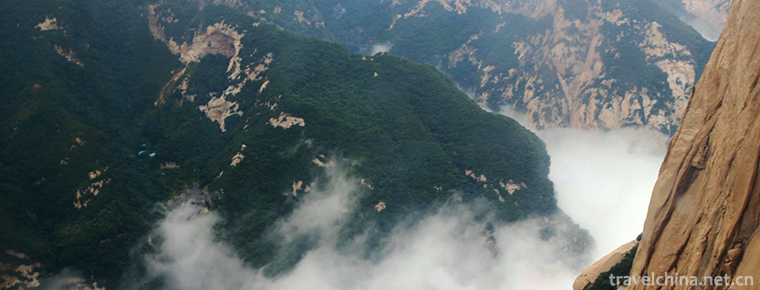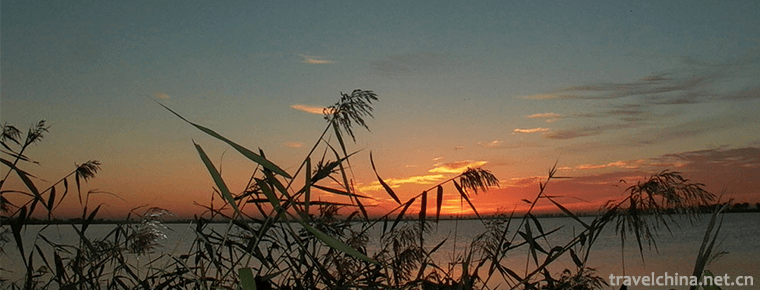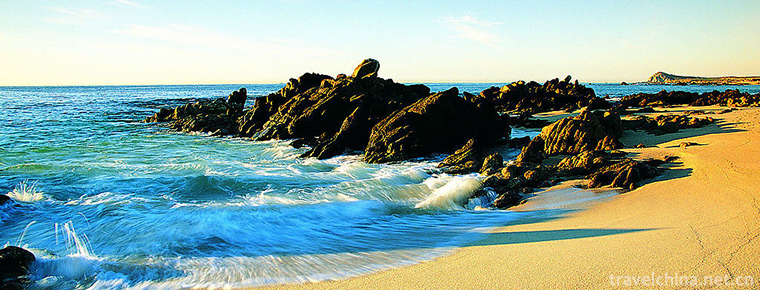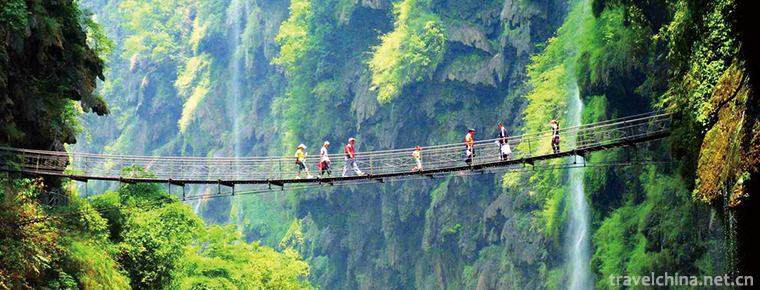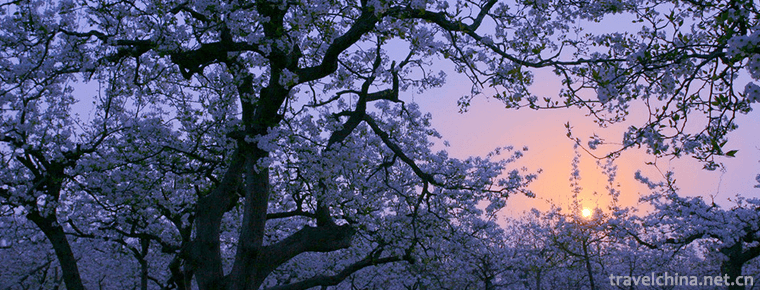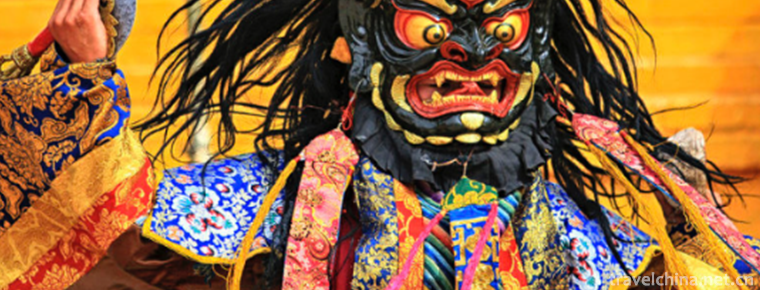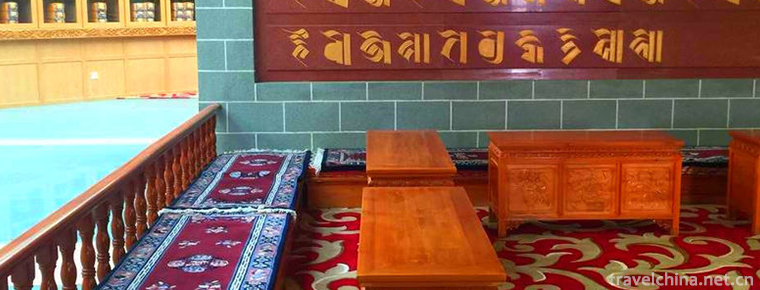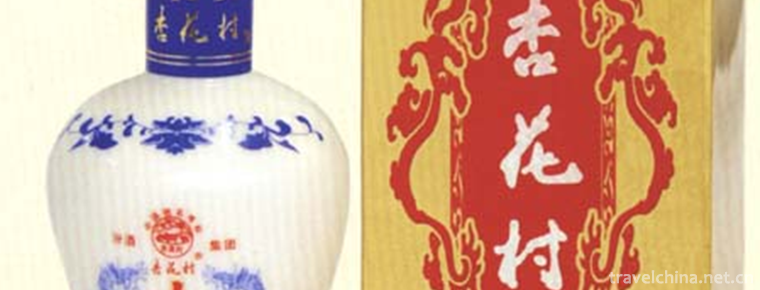Golden Great Wall Site Park
Golden Great Wall Site Park
The Great Wall Site Park is located at the junction of Heimeng and Heilongjiang Province in Nianzishan District, Qiqihar City, Heilongjiang Province. The end of S302 Provincial Highway is the Great Wall Site built by the Jin Dynasty in China.
The park is composed of Boruhuo Square, the Great Wall and the beacon. It covers an area of 40,000 square meters. It is the first park named after the Great Wall along the Great Wall.
Overview of scenic spots
The Golden Great Wall Site Park is based on the Golden Great Wall and centered on the Poluhuo Theme Square. It consists of Poluhuo figurines, reliefs, totem poles, pots, bronze mirrors, lamp holders and other cultural relics. Construction started in 2007 and was officially completed and opened to the outside world on 28 June 2008.
The Golden Great Wall Site Park covers an area of 40,000 square meters. It is the first park named after the Golden Great Wall along the Golden Great Wall.
The park consists of Boruhuo Square, the Great Wall and the beacon. Boluhuo Theme Square is centered on the bronze statue of Bolu, the founding General of Jinchu Dynasty. The bronze statue is the heroic image of Bolu Huolong who patrols the border immediately. The bronze statue is situated on a huge stone tablet. On the front, the black marble carving "Dutong Bolu Fire of Taizhou on Jinbei Road" is inscribed. On the back, the bronze statue base and the bronze statue are 14.5 meters high. Four coppery reliefs on all sides of the base reproduce the magnificent scenes of Poluhuo leading the army and civilians to reclaim the wasteland border more than 800 years ago, building the Great Wall and Nuzhen people's grazing and hunting, and summarize the historical achievements of Nuzhen people in building the Golden Great Wall. The four corners of the pedestal are equipped with four unearthed cultural relics of the Jin Dynasty as gifts, which show the cultural and artistic works of the Jin Dynasty vividly and plainly. They are: bronze mirrors, marching pans, oil lampstands, wax tables. On the East side, four stone totem poles, six meters high, show the belief and ideal world of the Nuzhen people, and also set off the great Bank of the bronze statue of Boru fire. There are four gods carved: Qinglong, Baihu, Xuanwu and Suzaku; Spring Mountain and Autumn Water pray for blessed noodles; there are symbols of agricultural civilization such as cattle, horses, sheep and furniture. Reasonable greening of the central square shows a corner of the oasis in the frontier desert and cultural stones scattered in the oasis. It integrates poetry, calligraphy and stone carvings, and shows the epic civilization picture of the northern ethnic groups.
According to reports, Luo Zhewen, a famous expert in Liao and Jin Dynasties, wrote an inscription on the site park of the Great Wall.
Construction background
The Great Wall of the Jin Dynasty is regarded as an important military defense project in the Jin Dynasty after many excavations and textual research by domestic archaeologists. The reason for its construction was that there was a Nuzhen Wanyan Aguda branch in the Songhua River Valley in Heilongjiang Province at that time. This Nuzhen people lived in the Songhua River valley with forests, grasslands and fields, where they could hunt, animal husbandry and cultivate land. The climate is mild, the soil is fertile, the water is abundant, and the grass quality is the most suitable place for living. Because of the weather, geographical location, people and the growing strength of the Nuzhen people, in 1115 AD in Acheng, Heilongjiang Province, the capital was built as "Huining", the country's name is Jin. In 1121, the rise of Mongolia, which was later the Yuan Dynasty, launched a comprehensive war against the rising gold and sent troops to attack the gold for many times. In order to resist foreign invasion, Po Luhuo, the founding Minister of the Jin Dynasty, led more than 100,000 troops and civilians to build the "border trench" military defense project. At that time, people called the defense project "boundary trench", which started in 1138 (Xizong) in the year of Jintianju, and completed in 1988, lasted 60 years.
According to the records of Jinshi, the Great Wall of Jin can be roughly divided into four roads: Northeast Road, Linhuang Road, Northwest Road and Southwest Road. The Golden Great Wall in Heilongjiang Province is a section of the Northeast Road. The Golden Great Wall in the Nianzishan Section, such military facilities as beacons, border forts and enemy platforms (horse noodles) are basically well preserved. The ruins of the Great Wall are still more than 3 meters high, and the orderly arrangement of the enemy platforms with an interval of 80 meters is still indistinguishable. The Great Wall is rammed with clay as the main material. More than 800 years of wind, sand and rain have caused the Great Wall to collapse gradually, and some of its walls are covered with weeds.
The eastern end of Jinbian Trench Road starts at the northern suburb of Nierji Town, Molidawa Daur Autonomous Banner, on the West Bank of Nenjiang River, 8 kilometers from southwest to Arong Banner, then from Arong Banner to Yangyu Township to Dahewan Town, Zhalantun City, connecting four townships of Zhalantun City, 140 kilometers in Zhalantun City, 30 kilometers in Nianzishan District of Heilongjiang Province, and 30 kilometers in Ha City of Zhalantun City. Seventy-five kilometers south of the Duohe River, it enters the Zalaite Banner of Xing'an League and extends from there to Hetao in Western Inner Mongolia, covering a total length of more than five thousand kilometers. The Great Wall has become the boundary between Inner Mongolia Autonomous Region and Heilongjiang Province.
Scenic spot honor
In February 2010, the ruins park was rated as "the 100 most worthwhile places in Heilongjiang Province" by Heilongjiang Tourism Bureau and Commerce Department.
On June 25, 2001, the State Council listed the whole line of the Great Wall as the fifth batch of state-level key cultural relics protection units.



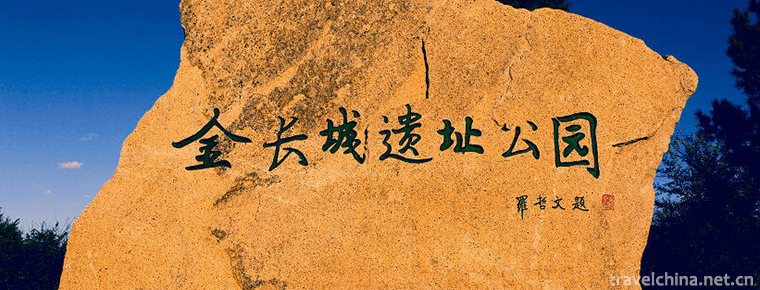
-
Mount Hua
Mount Hua, known as "Xiyue" and "Taihua Mountain" in ancient times, is one of the five famous mountains in China and the birthplace of Chinese civilization.
Views: 339 Time 2018-10-30 -
Chinese Shared bicycle
Shared bicycle refers to the bicycle sharing service provided by enterprises in campus, subway station, bus station, residential area,.
Views: 182 Time 2018-11-13 -
Qilihai National Wetland Park
Qilihai National Wetland Park is located in the northeast of Tianjin, located in Ninghe District of Tianjin, 30 kilometers away from Tianjin urban area, 100 kilometers away from Beijing and 40 kilomet.
Views: 165 Time 2018-12-17 -
Golden Sands Beach
Golden Beach is located in the southern end of Shandong Peninsula, the Yellow Sea coast of Qingdao Huangdao District, Golden Beach Road. It is bordered by the Yellow Sea in the South and stretches.
Views: 134 Time 2019-01-26 -
Maling River Canyon
Maling River Gorge is located in Xingyi City, Guizhou Province. It is an important member of Xingyi National Geopark and a national scenic spot of the People's Republic of China. It is known as ".
Views: 268 Time 2019-02-06 -
Xia Jin Old Yellow River Forest Park
The forest park scenic spot of the old Yellow River in Xiajin is the ruins of the old Yellow River. It is a national AAAA-level scenic spot. It is located in Xiajin County, Shandong Province.
Views: 382 Time 2019-02-25 -
Tibetan drama
The Tibetan name of Tibetan opera is "Aguiram", which means "fairy sisters". According to legend, Tibetan opera was first performed by seven sisters. The content of the opera is mo.
Views: 134 Time 2019-04-05 -
Tibetan Medicine
Tibetan medicine is a bright pearl in the treasure house of Chinese medicine. The Tibetan people living in the snow-covered plateau for generations have accumulated .
Views: 132 Time 2019-04-05 -
Brewing Techniques of Fen Liquor in Xinghua Village
The brewing process of Fen liquor in Xinghua Village is complicated. Fen liquor in Xinghua Village is finally brewed through six main processes: grinding, moistening, steaming, fermentation, distillat.
Views: 124 Time 2019-07-08 -
Luzhou natural resources
The total amount of water resources in Luzhou is 6.657 billion cubic meters per year. The groundwater reserves are rich, reaching 1.065 billion cubic meters per year, among which Xuyong and Gulin counties in the south are the richest. The structural fissure water in the south.
Views: 344 Time 2020-12-14 -
Luzhou Medical and health
By the end of 2018, there were 46 primary health institutions and 39 other health institutions in the city, including 46 primary health institutions and 1 professional health institution. Among the hospitals, there are 97 general hospitals, 15 TCM hospitals and 35 specialized hospitals.
Views: 120 Time 2020-12-14 -
Guangyuan history and culture
"Guangyuan daughter's day, women swim in the river bay", this is a kind of folk cultural activities, this is the chapter described by Guangyuan daughter's day. On the first daughter's day in 1988, the water area of Jialing River in front of huangze temple was.
Views: 136 Time 2020-12-15
